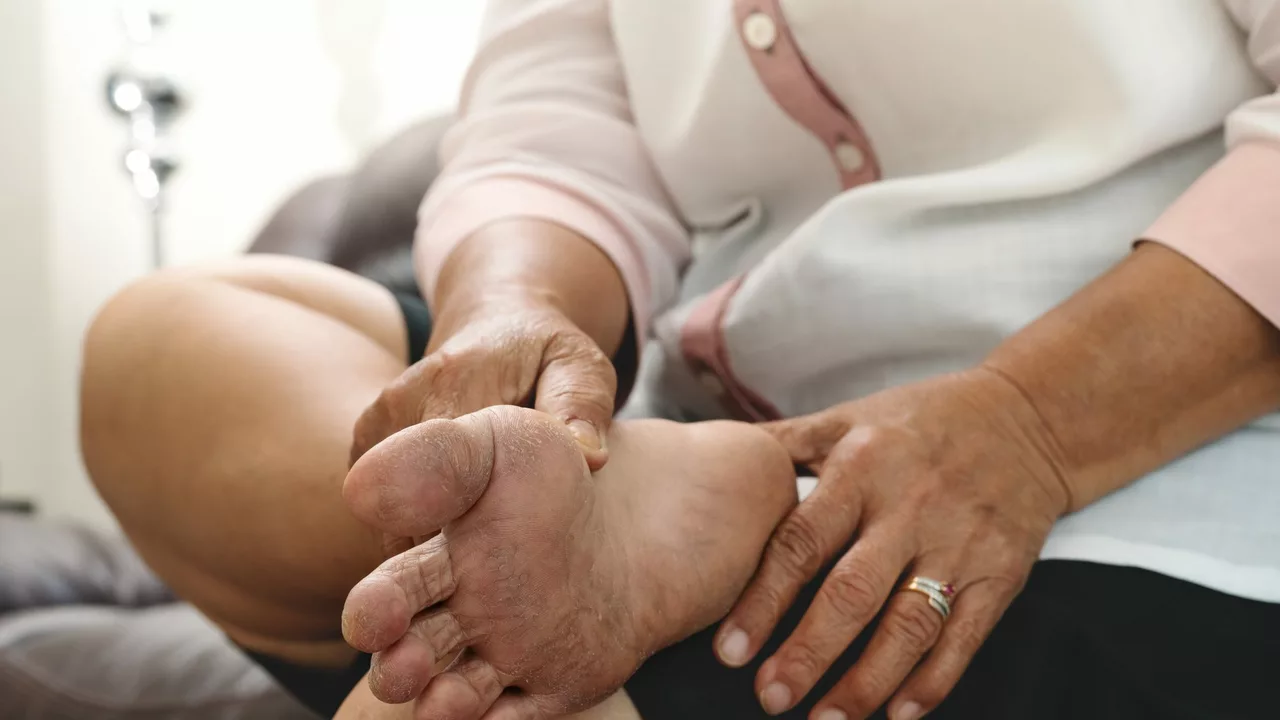Diabetic Peripheral Neuropathy and Balance — August 2023
August 2023 featured one clear, useful post: "The Connection Between Diabetic Peripheral Neuropathy and Balance Issues." It explains why people with diabetes can feel unsteady and gives practical steps to reduce fall risk right away.
Diabetic peripheral neuropathy (DPN) damages nerves in the feet and legs. When those nerves stop sending clear signals, your brain can’t tell where your feet are. That loss of feeling makes standing and walking harder. Pain, numbness, and weaker muscles add to the problem and raise the chance of falling.
Quick balance exercises you can start now
Do these exercises daily. Use a chair or wall for support until you’re steady. Shift weight from one foot to the other for 30 seconds. Rise onto toes and slowly lower, 10–15 reps. Walk heel-to-toe in a straight line for 10 steps, turn, repeat. Try standing on one foot while holding a chair for 10–20 seconds, then switch. If standing is too hard, do seated marching and ankle circles to keep muscles active. Increase reps or hold time a bit each week.
If any move causes sharp pain, numbness that worsens, or lightheadedness, stop and check with a therapist. A physical therapist can give a tailored routine and progress you safely.
Home safety and daily habits
Small changes at home reduce fall risk a lot. Remove loose rugs and clutter from walking paths. Use good lighting and non-slip mats in wet areas. Wear well-fitting shoes with a firm sole—even indoors. Avoid walking barefoot. Inspect feet daily for cuts, blisters, or sores; numb feet can hide problems. Keep blood sugar in range: steady glucose slows nerve damage.
Ask your doctor for a foot exam and a monofilament test to check sensation. If you take metformin, ask about a B12 check—low B12 can worsen neuropathy. Quit smoking if you can; smoking reduces circulation and slows healing.
Medicines like gabapentin, pregabalin, or duloxetine can ease nerve pain and make walking easier. They don’t fix nerve damage, so discuss risks and benefits with your provider. If pain limits activity, a referral to a podiatrist or pain specialist helps.
Watch for red flags: sudden weakness, repeated falls, an infected foot wound, or new swelling. Those need prompt medical care. If you’re unsure whether to see someone, phone your clinic and describe the symptoms.
The full August post on GenericVilla.com goes deeper and links to simple video demos and printable exercise sheets. Start with daily foot checks, a short set of balance moves, and a tidy, trip-free home. Those steps often make a visible difference in confidence and safety within a few weeks.
Hey guys! Ever wondered why your diabetic uncle seems to wobble like a weeble? Well, it's not because he's trying out for a circus act, it's likely due to Diabetic Peripheral Neuropathy (DPN). This tongue-twister of a condition can cause balance issues because it damages nerves in the feet and legs. This nerve damage can lead to a loss of sensation, making it tricky to keep upright! So, next time you see uncle bobbling, you'll know it's not a secret talent, but something he's courageously managing.
View Details

